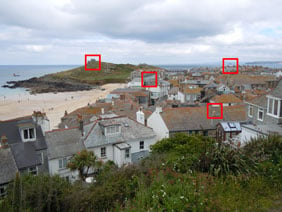Nikon COOLPIX S8000
-
-
Written by Gordon Laing
Quality
Nikon COOLPIX S8000 vs Sony Cyber-shot DSC-H55 vs Panasonic Lumix DMC-TZ8 / ZS5 real-life resolution
Nikon COOLPIX S8000 |
Sony Cyber-shot DSC-H55 |
Panasonic Lumix DMC-TZ8 / ZS5 | ||
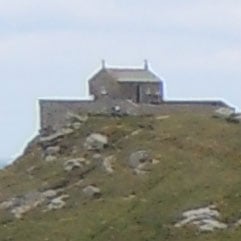 | 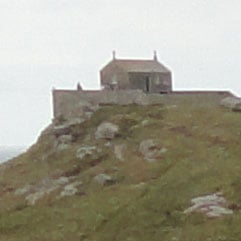 | 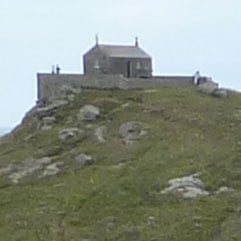 | ||
f3.5, 100 ISO |
f4, 80 ISO |
f4.3, 80 ISO | ||
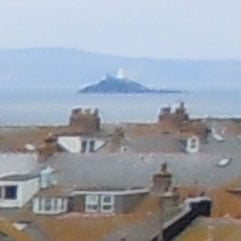 | 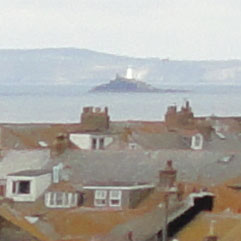 | 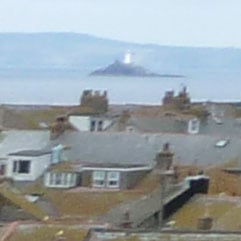 | ||
f3.5, 100 ISO |
f4, 80 ISO |
f4.3, 80 ISO | ||
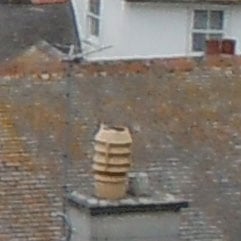 | 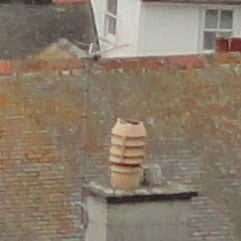 | 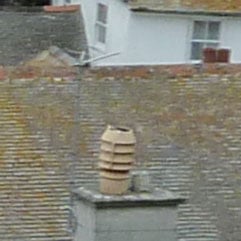 | ||
f3.5, 100 ISO |
f4, 80 ISO |
f4.3, 80 ISO | ||
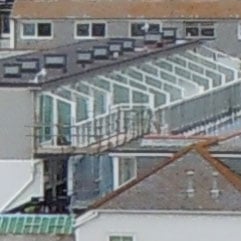 | 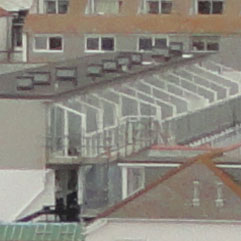 | 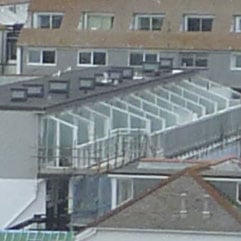 | ||
f3.5, 100 ISO |
f4, 80 ISO |
f4.3, 80 ISO |
The above image was taken with the Nikon COOLPIX S8000 in Auto mode. The lens was set to 5.4 mm (30mm equivalent) and the metering selected an exposure of 1/800th of a second at f3.5 with an ISO setting of 100. The original 4320 x 3240 pixel image had a file size of 4.82MB. These test images were shot in cloudy bright conditions so the subject doesn’t present the same kind of exposure challenges as it does in bright sunlight with a high dynamic range encompassing bright highlights on the white walls and deep shadow in the foreground vegetation. Nonetheless the COOLPIX S8000 has done a good job with the exposure: the histogram is slightly clipped on the right but there are no obviously blown highlights. The auto white balance has however produced an image that’s slightly on the blue side. The side-by-side comparison of the crops from three cameras, with the more neutral colours of the Sony Cyber-shot H55 in the middle makes this more obvious than when looking at the S8000 image on it’s own, but there’s no denying it’s on the cool side. Now let’s look at the detailed crops. In terms of image detail, the crops from the COOLPIX S8000 are somewhat disappointing. A compact lens with a 10x zoom range presents a real challenge to optical engineers in terms of producing good image quality across the range of focal lengths and from the centre of the image to the corners. Nikon has gone to great lengths to achieve this, including low-dispersion ED glass elements in the S8000’s lens, but the detail in these crops doesn’t bear out those efforts. Looking closely it’s likely that image processing is more of a problem than the lens itself. For one thing, the image quality is reasonably consistent across the frame from the centre to the edges. For another the detail at the pixel level looks clumpy and, in places – the third crop with the chimney, TV aerial and roof tiles for example, smeared. And if you look closely at the first crop you’ll see a white halo around the chapel and along the horizon, this extends all the way along the horizon and is further evidence of an intrusive level of image processing that has had a detrimental effect on the overall quality of the S8000’s images. Compared with the Sony Cyber-shot DSC-H55, the COOLPIX S8000 is behind by a short length in every race. Firstly, the Cyber-shot H55 has nailed the while balance spot on with a more neutral-looking sky and generally warmer colours. And though the Sony crops also look a little clumpy and the halo is just visible on the horizon, it doesn’t suffer from these problems to the same degree as the COOLPIX 8000. Probably the best example of the difference in image details is in the lighthouse crop, where the Sony has clearly made a better job of resolving the detail in both the foreground houses and the landscape beyond. There’s less of a difference between the COOLPIX S8000 and the Panasonic Lumix TZ8 / ZS5 than with the H55, but we still think the Lumix TZ8 / ZS5 just has the edge. It doesn’t have the consistency of the Nikon, producing sharper, better defined detail in the centre of the image than at the edges, but at the edges it’s marginally better and in the centre significantly sharper. And, while you can just make out a white halo around the chapel in the first crop, it’s not nearly so marked as on the S8000 crop. Now let’s check out how they compare at higher sensitivities in our High ISO Noise results. |
Nikon COOLPIX S8000 vs Sony Cyber-shot DCS-H55 vs Panasonic Lumix DMC-TZ8 / ZS5 IS High ISO Noise
|
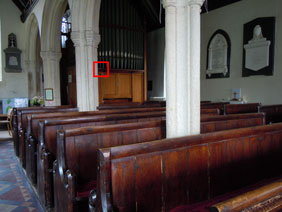 | To compare noise levels under real-life conditions we shot this scene with the Nikon COOLPIX S8000, Sony Cyber-shot DSC-H55 and Panasonic Lumix DMC-TZ8 / ZS5. The lenses on all three cameras were set to approximate the same field of view and ISO was manually set. |
The above shot was taken with the the Nikon COOLPIX S8000 in Auto mode with the lens at a wide angle setting of 5.4mm (30mm). The exposure was 0.8 of a second at f3.5. The crops are taken from the area marked with the red square and presented below at 100%.
As with the outdoor test, these crops from the Nikon COOLPIX S8000 are sonething of a disappointment right from the off. While there are no noisy pixels to be seen in the 100 ISO crop, there’s nothing like the kind of detail we’d expect to see at this low sensitivity. What detail can be seen in the stone column on the left of the crop is clumpy and the boundary between the column and the background which should be crisp and well-defined is anything but. The detail in the wood panelling below the organ pipes is better, you can see the panel joins and there’s no noise visible, but it’s still looking quite soft.
At 200 ISO we’re seeing the same problems, only more so. The stone column and its edge have become clumpier and there’s visible noise in the wood panelling. The S8000’s performance at the lower ISO settings is such a let down that at 400 and 800 ISO things don’t actually appear to be that much worse. As you’d expect, at 1600 ISO the image is beginning to break up quite badly and, while it’s good to see manufacturers include 3200 ISO settings at full resolution, this really is a last resort which you’ll want to keep for those must have shots where quality really isn’t an issue.
Compared with both the Cyber-shot DSC-H55 and Lumix DMC-TZ8 / ZS5, the COOLPIX is in a very definite third place. At the lower ISO sensitivity settings up to 400 ISO, the Lumix DMC-TZ8 / ZS5 crops are smoother, less grainy and more processed-looking than those of the Cyber-shot H55, but results from both cameras are superior to those from the COOLPIX S8000. From 800 ISO upwards they all suffer in one way or another. It’s interesting to note that the 3 Megapixel High Sensitivity scene mode on the Panasonic Lumix DMC-TZ8 / ZS5 has produced a far better result than any of the manaul ISO settings above 400 ISO, if you can live with the smaller image size, this is a really useful low-light feature to have at your disposal. Now head over to our COOLPIX S8000 gallery to see some more real-life shots in a variety of conditions.
Nikon COOLPIX S8000 |
Sony Cyber-shot DSC-H55 |
Panasonic Lumix DMC-TZ8 / ZS5 | ||
 | 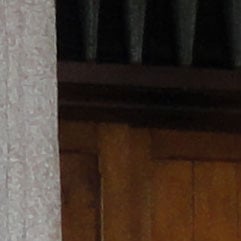 | 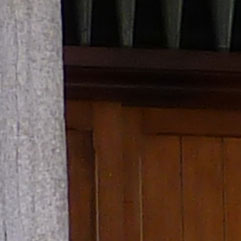 | ||
80 ISO not available |
80 ISO |
80 ISO | ||
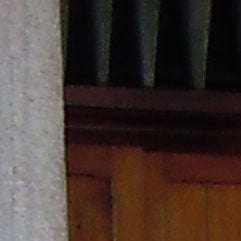 | 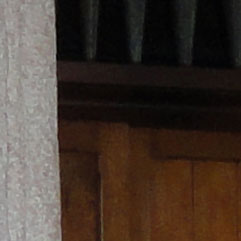 | 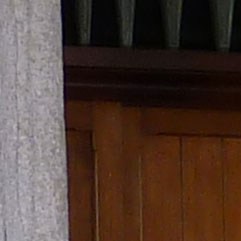 | ||
100 ISO |
100 ISO |
100 ISO | ||
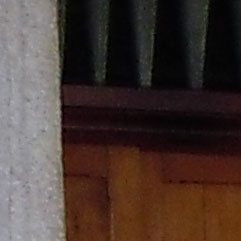 | 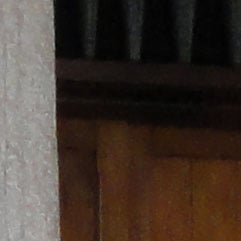 |  | ||
200 ISO |
200 ISO |
200 ISO | ||
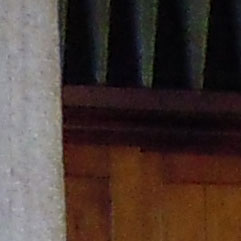 | 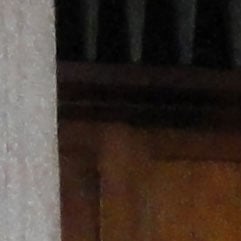 |  | ||
400 ISO |
400 ISO |
400 ISO | ||
 | 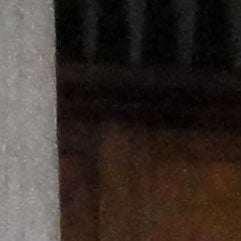 |  | ||
800 ISO |
800 ISO |
800 ISO | ||
 | 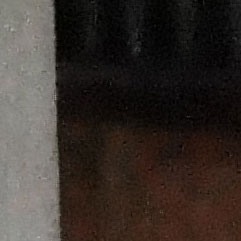 | 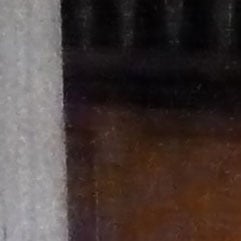 | ||
1600 ISO |
1600 ISO |
1600 ISO | ||
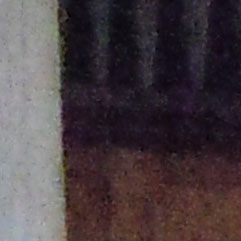 | 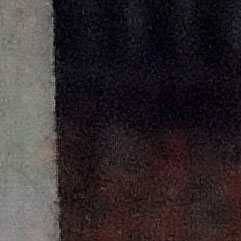 |  | ||
3200 ISO |
3200 ISO |
2000 ISO (Low Light scene mode) |

